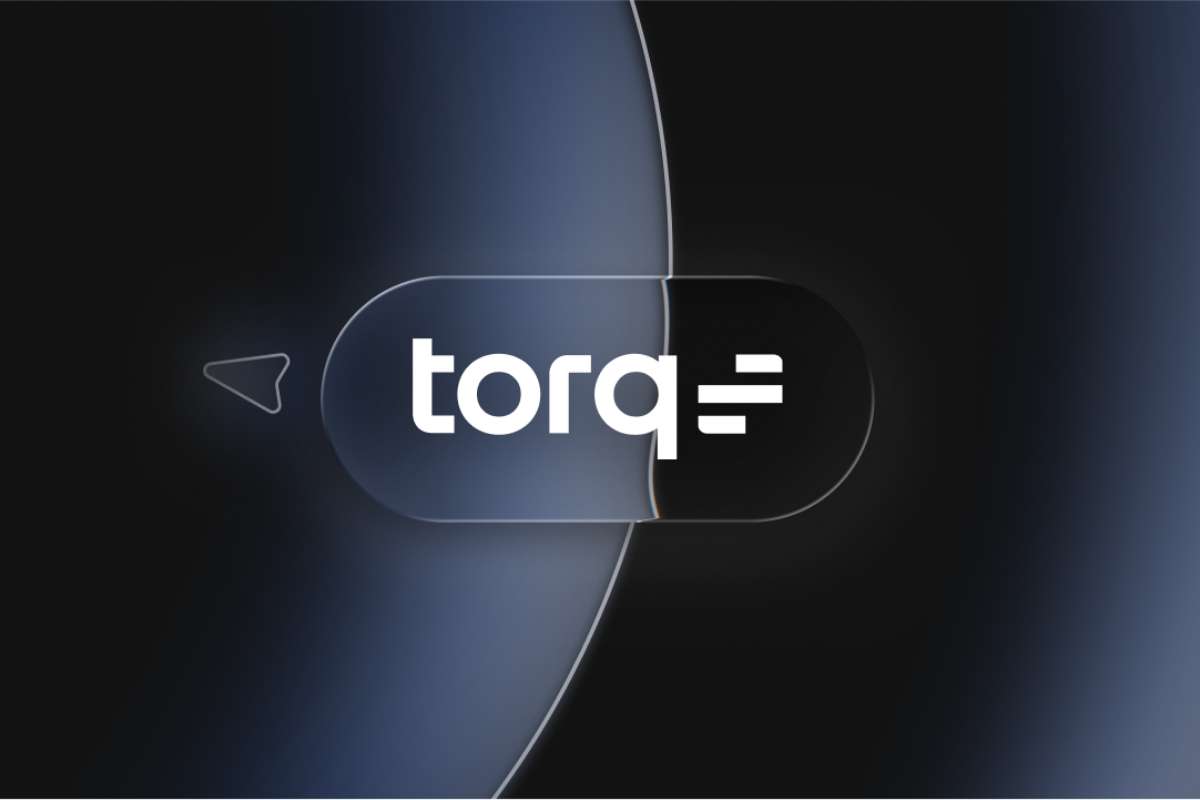The blockchain and cloud integration technology are changing the game of business. In the ever-evolving landscape of technology, the convergence of blockchain and cloud integration with big data analytics has emerged as a powerful force reshaping how organizations harness and analyze vast datasets. This article delves into the symbiotic relationship between blockchain, cloud technology, and big data analytics, unraveling the mechanisms that enhance data processing capabilities. As organizations strive to gain actionable insights from massive datasets, this integrated approach not only optimizes data management but also plays a pivotal role in enhancing revenue performance.
Blockchain and Cloud Integration in Big Data Analytics:
1. Decentralized Data Management:
Blockchain technology, with its decentralized and secure ledger system, integrates seamlessly with cloud platforms to enhance data management in big data analytics. By distributing data across a network of nodes, blockchain ensures data integrity and immutability, reducing the risk of tampering or unauthorized access.
2. Enhanced Data Security:
The integration of blockchain and cloud integration adds an extra layer of security to big data analytics. Blockchain’s cryptographic techniques ensure the integrity and authenticity of data, while cloud platforms provide robust security measures such as encryption and access controls, collectively fortifying the entire data processing ecosystem.
3. Immutable Audit Trails:

Blockchain’s ability to create immutable records enables the creation of transparent and tamper-resistant audit trails. Integrating this feature with cloud-based big data analytics allows organizations to track and verify the origin and journey of data, ensuring compliance with regulations and establishing trust in the analytics process.
4. Smart Contracts for Data Governance:
Smart contracts, self-executing contracts with predefined rules on the blockchain, enhance data governance in big data analytics. By automating data access and usage agreements, organizations can ensure compliance with privacy regulations and establish a framework for transparent and accountable data practices.
5. Data Ownership and Consent Management:
Blockchain’s decentralized nature empowers individuals to have greater control over their data. Through cloud-based big data analytics, organizations can implement consent management systems that leverage blockchain and cloud integration for secure and transparent tracking of data ownership and permissions, ensuring compliance with privacy regulations.
6. Efficient Data Sharing and Collaboration:
Blockchain’s distributed ledger facilitates secure and efficient data sharing among multiple parties. Cloud-based big data analytics can leverage this capability to enable collaborative insights generation. Organizations can securely share selected datasets with partners or stakeholders, fostering innovation and collective decision-making.
7. Supply Chain Transparency:
The integration of blockchain and cloud integration with big data analytics enhances supply chain transparency. Organizations can utilize this integrated approach to track and analyze every stage of the supply chain, optimizing logistics, reducing inefficiencies, and ensuring product authenticity—all of which contribute to revenue performance improvement.
8. Fraud Detection and Prevention:
Blockchain’s consensus mechanisms coupled with cloud-based big data analytics offer robust fraud detection and prevention capabilities. By analyzing patterns and anomalies in real-time data, organizations can identify potential fraud instances and take immediate preventive measures, safeguarding financial transactions and revenue streams.
9. Tokenization and Monetization of Data:
Blockchain introduces the concept of tokenization, allowing organizations to tokenize valuable datasets. Cloud-based big data analytics can then facilitate the monetization of these tokens, creating new revenue streams. This approach transforms data into a valuable asset that can be traded securely on blockchain-powered marketplaces.
10. Decentralized Data Storage:

Integrating blockchain with cloud-based big data analytics enables decentralized data storage solutions. This not only ensures data redundancy and availability but also mitigates the risk of single points of failure. Decentralized storage enhances data resilience and supports uninterrupted analytics processes.
How Blockchain and Cloud Integration in Big Data Analytics Enhances Revenue Performance:
1. Precision in Customer Targeting:
Blockchain and cloud integration with big data analytics enable organizations to create highly targeted and personalized marketing strategies. By analyzing vast datasets, organizations can identify customer preferences, behaviors, and trends, allowing for more precise targeting of products and services. This precision significantly improves the effectiveness of marketing campaigns, leading to increased customer engagement and, ultimately, revenue growth.
2. Optimized Pricing Strategies:
The integrated approach facilitates advanced pricing analytics. Organizations can analyze market trends, competitor pricing, and customer behavior to optimize pricing strategies. This data-driven approach ensures that products and services are competitively priced, maximizing revenue while meeting customer expectations.
3. Inventory Management and Demand Forecasting:
Blockchain’s transparent supply chain and cloud-based big data analytics enhance inventory management and demand forecasting. By analyzing historical data, market trends, and supply chain metrics, organizations can optimize inventory levels, reduce carrying costs, and accurately predict demand. This leads to improved supply chain efficiency, minimized stockouts, and increased revenue through optimized inventory management.
4. Enhanced Customer Experience:
The integrated approach fosters a comprehensive understanding of customer preferences and expectations. By analyzing customer interactions, feedback, and sentiment, organizations can enhance the overall customer experience. Satisfied customers are more likely to become repeat customers and brand advocates, contributing directly to revenue growth.
5. Data-Driven Decision-Making:
The integration of blockchain and cloud integration big data analytics equips organizations with actionable insights for data-driven decision-making. From strategic planning to operational efficiency, informed decisions based on real-time analytics contribute to revenue performance improvement across various facets of the business.
6. Predictive Analytics for Upselling and Cross-Selling:

Organizations can leverage predictive analytics powered by big data to identify upselling and cross-selling opportunities. By analyzing customer behavior and purchasing patterns, businesses can recommend complementary products or services, increasing the average transaction value and boosting overall revenue.
7. Monetization of Analytical Insights:
The integrated approach not only optimizes data analytics but also opens avenues for monetizing analytical insights. Organizations can package valuable insights derived from big data analytics into services or products, creating additional revenue streams.

The Power of Cybersecurity Analytics: Harnessing Data Analytics Tools for Enhanced Security
This article explores the use of data analytics tools in cybersecurity and how they enable organizations to identify anomalies, analyze patterns, and strengthen defences against a variety of cyberthreats.
Conclusion:
The integration of blockchain and cloud integration with big data analytics represents a transformative force in how organizations manage and derive value from their data. The symbiotic relationship between these technologies not only enhances the security, transparency, and efficiency of data processing but also plays a pivotal role in optimizing revenue performance. As organizations continue to harness the power of blockchain and cloud-based big data analytics, the synergy between these technologies will undoubtedly shape a new era of data-driven insights, innovation, and sustainable revenue growth.






